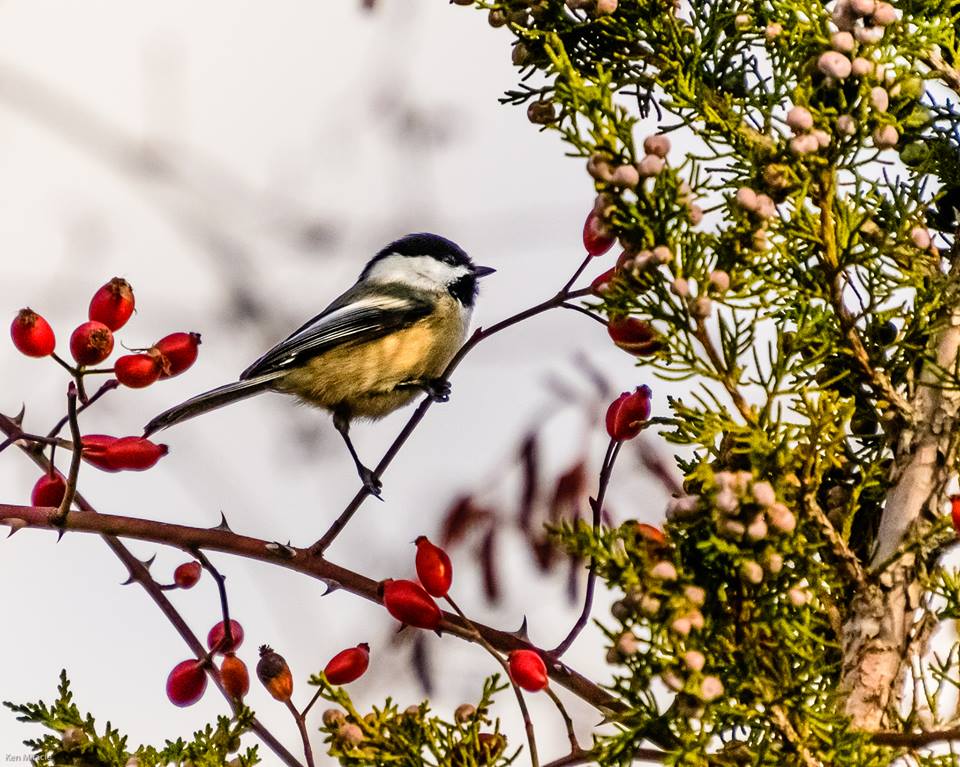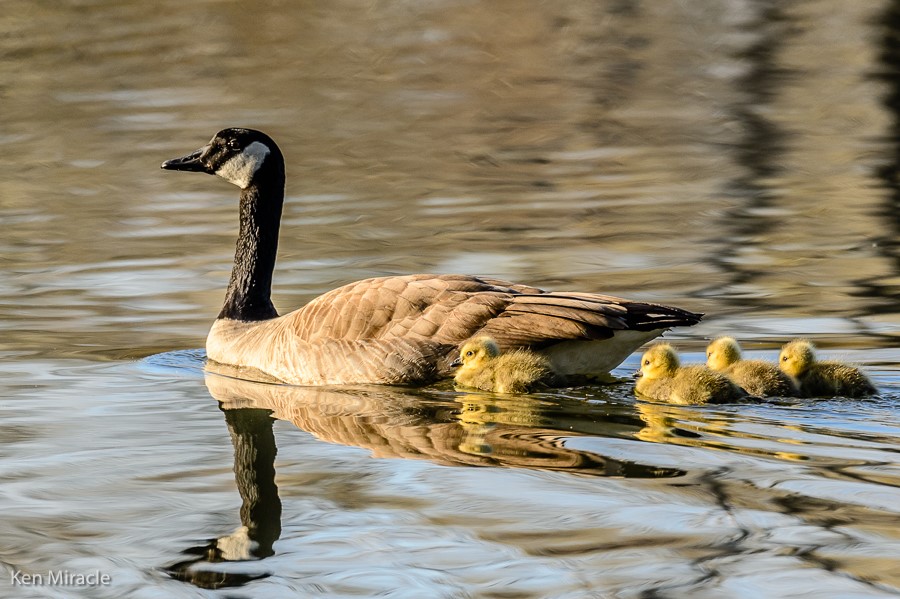by Heidi Ware Carlisle, BSU Intermountain Bird Observatory
The east end of Julia Davis Park in downtown Boise will be transformed over the next year. What’s now a mono-culture of turf with scattered mature trees will make way for a vibrant small creek with aquatic and riparian vegetation taking root. Willows, Wood’s Rose, Golden Currant, Red-osier Dogwood and other native plants will grow on the banks of the new Cottonwood Creek and provide habitat for resident and migratory birds. Read about the Cottonwood Creek Daylighting Project.
Before and After
Without knowing what birds frequent the park now, it will be hard to measure the impacts of the project. To answer this question, BREN and project partner the BSU Intermountain Bird Observatory turned to local birders. In an example of citizen science at its best, local birders have been enlisted via eBird to document what they find when they go birding at the project site.
Eight dedicated birders have submitted eBird checklists for the Cottonwood Creek Daylighting Project so far. It’s exciting to see the power of citizen science at work, collecting pre-construction data on this project. All together, our volunteers have done the equivalent of eighteen in depth bird surveys by submitting complete eBird checklists of every bird they identified in the area.
No Suprises Yet
So far, our census results are as expected. With no understory habitat or shrubs for riparian birds to use, the counts have been somewhat low. Even so, our volunteers have meticulously documented twenty individual species using the area. You can view the whole species list here: https://ebird.org/hotspot/L8014605
A few species are of particular interest:
Black-capped Chickadees have been detected in the area, using the river corridor. These are a riparian-habitat-loving bird that live along the Boise River. It is a good sign that Chickadees visit this project area already. Chickadees are know for exploring, often moving up and down the river in search of good habitat. As restoration begins and more habitat is created there is a good chance that chickadees will be one of the first species to colonize this new area. These little birds are major insectivores in the summer, so we know they will enjoy hunting for caterpillars and other food in the newly planted shrubs

Canada Geese are the only species that has been detected on all 18 surveys! But this isn’t surprising, since the future location of Cottonwood Creek is currently grass….which just happens to be their favorite food! Canada Geese are likely one of the only species that won’t love the Cottonwood Creek Project. They like wide open spaces (with no cover for potential predators to hide in) and green grass. As we add native shrubs and plants, we expect Canada Geese to visit this area less often…..hooray for less goose poop!

The Song Sparrow is a nondescript passerine bird and not much to look at, but it has a beautiful song! Song Sparrows are a species that nests in low dense vegetation near waterways. The new plantings we will do as part of the Cottonwood Creek project will provide fantastic nesting habitat for Song Sparrows within just a few years! It won’t take long to get native habitat established that Song Sparrows will love to use!

Yellow-rumped Warblers are a migratory species that visits the Treasure Valley during spring and fall migration, as well as the winter. For migrating birds, it’s not just about nesting habitat. They need to have good habitat in both their summer and winter grounds! By restoring Cottonwood Creek, we would ensure that the Yellow-rumped Warblers that visit us have a place to call home while they are here.

Get Involved
Do you want to get out and see what the Cottonwood Creek Project is all about? Visit this link to learn more about how you can contribute. https://docs.google.com/document/d/1Lz7Mc2-JFNS64_RrLVFVsEFZ62aOcB2OLI9mxIgqvdg/edit# We are excited to watch the data and bird sightings change over time as this project moves forward, and we hope you’ll join us!